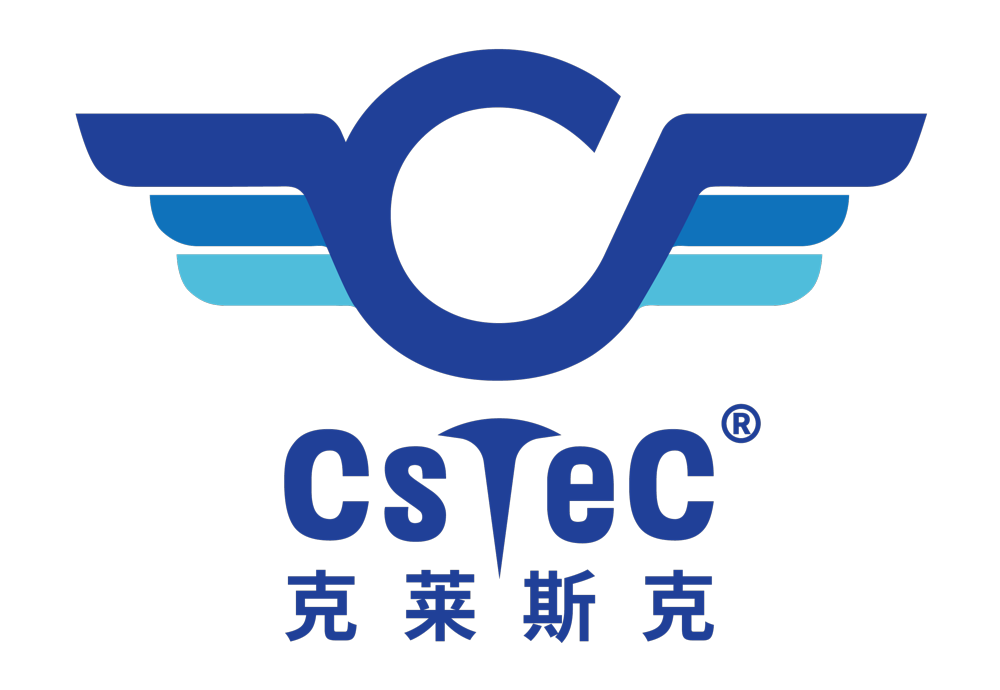
The sealant is a viscose substance applied to the connection part based on a high-grade material. It deforms with the shape of the sealing (104EU) surface and is not easy to flow. Sealant with certain adhesiveness can be mainly divided into silicone sealant, butyl sealant, polyurethane sealant, etc., which have sealant, waterproof, and UV-resistant properties. Antioxidant and other properties. In the static combination of various mechanical parts, can prevent the intrusion of external impurities and internal material leakage, with good sealing performance of the material. Divided into bonded type and non-bonded type two categories. Adhesive type is divided into elastic type, hot melt type and anaerobic type (250 Liqui-Lok); Non-bond type is divided into dry fixed type, dry peel type, semi-dry viscoelastic type and dry adhesive type. It has the functions of anti-leakage, waterproof, anti-vibration, sound insulation and heat insulation. Usually made of asphalt, natural resin or synthetic resin, natural rubber or synthetic rubber and other dry or non-dry viscose as the base material, with talc powder, clay, carbon black, titanium dioxide and asbestos and other inert fillers, and then add plasticizer, solvent, curing agent (252 Liqui-Lok), accelerator, etc. Civilian products, such as the common bottle cap sealant of various containers, are limited to the sealing at normal temperature (or not high use temperature) under normal pressure, and the sealing surface is small. And widely used in chemical industry, machinery, construction, transportation, electronic instruments and parts of the seal. Conditions of use are high temperature, high pressure, contact with various solvents, acid and alkali and other corrosive media, sealing area is large, long service life, the sealant (104EU) performance requirements are much higher, sealant (404EU) varieties and categories are also many, can not be listed one by one, according to the specific application is roughly divided into thread sealant, valve sealant (600/1), Plane sealant, steel wire rope sealant, leakage sealant (527), etc. A high temperature and high pressure curing (250 Liqui-Lok) type sealant is commonly used in chemical plants. The oil and gas industry commonly uses a sealant product for oil field tubing, casing and pipeline pipes, such as the Liquid-O-Ring series products of OCRI (104EU, 304EU, 250 Liqui-Lok) and Tube-Lok of Weatherford (USA).
Chemical equipment is often in the operating conditions, the leakage of equipment, pipelines, flanges, welds, etc., must be sealed under the working conditions. The Type 527 leak sealant can effectively reduce or completely seal the leak area. It can be used in oil tubing, casing, equipment surfaces, wellhead flanges, production lines, oil field pressure control equipment, petrochemical plants and industrial fields. The commonly used sealant is injected into the leakage clamp by the glue gun, and the clamp is customized according to the leak site to enhance the effect and strength of the sealant. Leakage parts like steam, flue and other temperatures as high as six or seven hundred degrees, with high pressure; Some such as phosgene, chlorine and other toxic and harmful; Some such as oil, solvent, gas and other dissolved ability, flammable, explosive and other properties of materials. We also need to use professional sealants suitable for various media, temperature and pressure. There are three types of commonly used TXG curing sealants, which are “non-curing, fast curing and slow curing”. The specific functions are as follows:
Non-curing type
The sealant is injected into the fixture and never solidifies, and it has always been a loose flow in the fixture. The advantage is that the sealant can be filled into the fixture at any time, and the temperature change will not change too much; Its advantages are to adapt to the temperature of up to 1200 degrees, never curing, and the glue is always the same when injected and after. If there is leakage, it is very easy to apply the glue by floating air. This kind of sealant is particularly easy to break because of the addition of high temperature molecular materials, and should be handled gently, and the appearance is rough and the elasticity is small. There are net rubber, containing steel balls, containing copper wire, mainly used as ultra-high temperature steam and flue, can also be used in any medium, you can choose 32# and other four types of sealant.
Fast curing type
The sealant injected into the fixture is generally cured into a hard stone body within 6 hours, the higher the temperature and air at the leak, the faster the curing, and the advantage is that the solidification increases the strength of the fixture. The sealant is elastic due to the addition of large amounts of rubber. The disadvantage is to adapt to the temperature below 800 degrees, the glue should be fast, otherwise it is not finished, the glue will be cured into stone, the difficulty of filling glue if there is leakage after gluing is very large, the lengthening drill can be used to fill the glue after drilling in the glue hole, the success rate is only 10%, the common method of using this glue is to remove the fixture and reinstall. This kind of sealant is elastic because of the addition of a lot of rubber as a material, and can not be broken back, and its appearance is delicate. The fast curing class has three kinds of net glue, including steel ball and copper wire, and the different types of plugging media are different, and TXG24#, 31# and so on can be selected. 250 Liqui-Lok is a two-part epoxy resin adhesive set for the oil and gas industry. It is designed to replace the welding of casing joints and other associated wire connections required under certain operating conditions. The 250 Liqui-Lok type fastenings work steadily and are not affected by vibration, knock and expansion caused by temperature changes. The 250 Liqui-Lok product can withstand the reaction force of higher shackle torque, thus providing a good leak proof seal for permanent bonding of the bonded parts.
Slow curing type
The sealant injected into the fixture is generally cured into dry soil clay block after three days, and the advantage is that it is easy to fill and has stronger high temperature resistance. Adapt to the temperature of up to 950 degrees, the curing time is slow up to 30 days glue injection is not urgent, and it is easy to fill glue if there is leakage after glue injection. This kind of sealant is easy to break due to the addition of quartz material, rough appearance and small elasticity. Slow curing class has net glue, containing steel ball, containing copper wire, different selection of leakage media model is different, you can choose TXG8, 18#, 15#, 35# and other four types of sealant. (2023-11-01)



